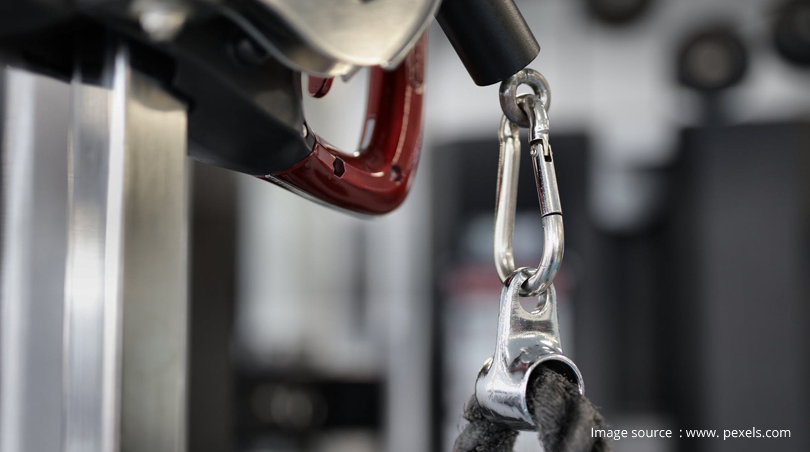With the product standardization, mass production has grown in exponential manner. With increase in the production quantity need of suitable material handling is greatly desired. In this Digital Twin era most companies are going for manufacturing flexibility and full automation. In this domain material handling plays a very crucial role in terms of product material flow from initial stage to the final product storage. Material handling process may include part selection and transferring, palletizing, machine loading and unloading. It is during this process the chances of material mishandling are high. This material mishandling in worst case can lead to part rejection due to mishandling damage. This can also lead to catastrophic bottlenecking in production line.
Any production system need a strong material handling equipment system with ability to transport material in fastest and safest manner. Thus these devices need to have adequate payload carrying ability, speed, good gripper end reach and should have ability to carry maximum parts in the given carrier volume.
This results in need to have adequate and fool proof design.
Depending on the type of loading, failure of theses handling devices may be due to excessive overloading, fatigue or bending/ buckling.
FACTORS AFFECTING DESIGN OF MATERIAL HANDLING EQUIPMENT
A material handling system should provide right amount of material to avoid bottle necking, at right place and position. During these operation a material handling device is subjected to both static and dynamic loading. The equipment is not only designed for withstanding these loaded condition we also have to consider its weight factor, for better efficiency. Following are the major factors to be considered while designing a material handling equipment:
- Type of payload
- Direction and amount of payload
- Floor space available
- Type of movement and method selection
Considering the application area type of loading may vary, equipment may be designed for static loading where load is applied gradually, it is always more complex to design for impact loading than for static loading since load is applied within fraction of microsecond. The basic fundamental for impact loaded design is to have energy absorption and uniform distribution of loading in the equipment. For impact loading usually failure starts with a small crack, ultimately leading to catastrophic failure. Fatigue loading is another type of dynamic loading for which failure can occur. Fatigue loading can be eliminated by proper material selection and structure rigid design.
Direction of loading may depend on the part for which equipment is designed. For small parts or for bulky units, material handling equipment needs to upholding parts to be moved. Whereas in assembly paint shop for parts like car bonnet may need a mean to be hanged on the handling device. Considering the effect of amount payload capacity, higher the payload, more will be chances of failure, more will be the need of rigid/ robust design. While designing for given payload, ergonomics of the equipment is also to be considered especially while designing conventional human operated material handling device. Device ergonomics may include calculation of how much force has to be applied by the individual (considering the factor the maximum load that can be carried by the each person), whether the device involves pulling or pushing, static or sustained posture maintained, vibration disturbance and temperature extremes. Also proper design steps has to be taken by the designer considering safety and employee welfare.
Equipment design need to so as to make most effective use of floor space. Use of vertical height is always a plus point in design of handling devices, because vertical height is sufficiently available in any industry.
It is generally advised to make maximise the use of gravity. As this reduces efforts in transportation and increases overall system efficiency i.e. more output with less energy input. Appropriate means for transporting the medium depends on the origin position, position of destination, frequency of travel required, time taken to reach the final destiny and unit load to be transported.
No doubt the main objective is to reduce the device overall cost while implementing all the four points into the system. It all overall depends on the application for which it is to be used. Proper material selection is also important depending upon amount of payload and operating environmental condition. Set of unit load that is to be moved is also an important decision factor in material handling equipment designing.
WHY DO WE NEED GOOD MATERIAL HANDLING DEVICE?
- Reduce bottlenecking and maximise productivity
- Maximise safety
- Proper work flow (Reduce idle time of machine)
- Reduce repetitive handling
- Good inventory control
- Less piling of work on shop floor
- Efficient use of shop floor
What IDEAS does in this domain?
- 3D part modelling and assembly: For optimize design, considering all the factors including part placement and positioning, unit size, minimise overall cost, etc.
- Analysis: For calculating stress generated under given load, topology optimisation, weight optimization, etc.
- Manufacturing support: For CNC programming, input support file for plasma cutting machine and 3D printing.
